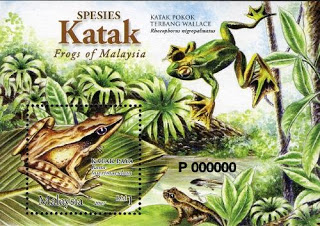Amphibians are sensitive to most classes of pesticides including insecticides, fungicides, and herbicides. Adult and juvenile amphibians are exposed to pesticides on land through aerial sprays for mosquitoes, forestry and agricultural pests, drift, and dermal absorption from soil and plants. Because the EPA does not require amphibian toxicity tests for pesticide registration, there are large data gaps. These data gaps are being closed by independent scientists. One experiment tested label spray rates of 7 pesticides on adults of the common frog species, Rana temporaria. Mortality ranged from 40-100%. Perhaps most surprising was the lethal effects of fungicides. Two fungicides caused 100% mortality within one hour, others showed 40-60% mortality. Three products caused 40% mortality after 7 days after 10% label rate exposure (Bruhl et al. 2013). Direct oversprayingof terrestrial life stages of several frog species with Roundup at label rates resulted in an average 79% mortality. Van Meter et al. (2014) tested pesticide absorption from soil with 5 pesticides and 7 adult frog species. Atrazine showed highest absorption and bioaccumulation, although skins were generally more permeable to fipronil. Water solubility and soil partition coefficients were good predictors of dermal absorption. Maximum label rates were applied to soil, and resulting tissue concentrations ranged from 0.019 to 14.6 µg/g (ppm) over an 8 hour period. Immune suppression can occur at tissue concentrations 300-7300 times lower.
Source:
William Quarles. Common Sense Pest Control XXIX(1-4) Special Issue 2015. Box 7414, Berkeley, CA 94707

- Login om te reageren
